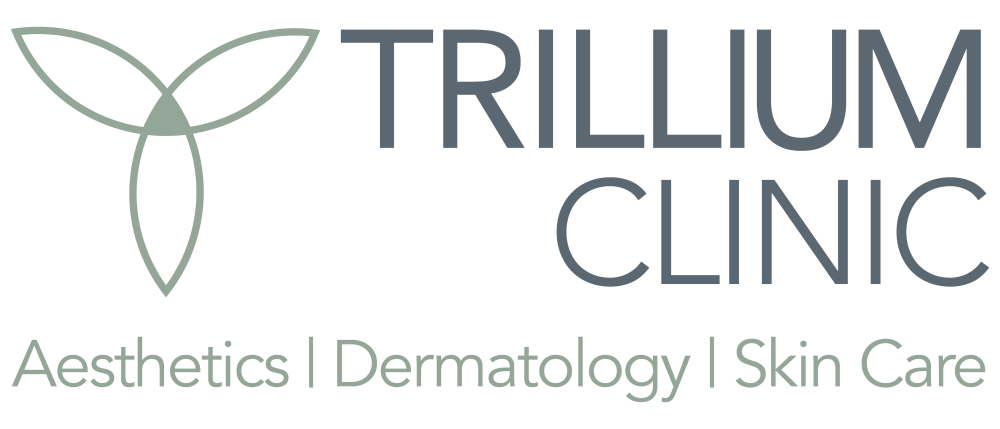What is Photodynamic Therapy
Photodynamic therapy (PDT) is a minimally invasive medical treatment that utilizes a photosensitizing agent and a specific wavelength of light to selectively destroy abnormal cells or tissues. The photosensitizing agent is administered either orally or topically and is absorbed preferentially by the target cells. When exposed to light of the appropriate wavelength, the photosensitizer becomes activated, generating reactive oxygen species that induce cell death or damage, primarily in the targeted areas. This targeted cytotoxic effect makes PDT particularly effective for treating various skin conditions, including precancerous lesions such as actinic keratosis, as well as certain types of cancer.
Here is a description of the photodynamic therapy procedure:
- Consultation: The process begins with a consultation with a dermatologist specializing in photodynamic therapy. During this consultation, the professional will assess the patient’s skin condition, discuss the medical history, and determine if PDT is an appropriate treatment.
- Photosensitizing Agent Application: A photosensitizing agent, such as a topical cream or solution, is applied to the area being treated. The photosensitizing agent is absorbed by the targeted cells or tissues, making them more sensitive to light.
- Incubation Period: After the photosensitizing agent is applied, there is typically a waiting period known as the incubation period. This allows the agent to be absorbed by the targeted cells while minimizing absorption by healthy surrounding tissues. The length of the incubation period may vary depending on the specific photosensitizing agent used.
- Light Activation: Once the incubation period is complete, the targeted area is exposed to a specific wavelength of light, typically using a specialized light source. The light activates the photosensitizing agent, triggering a reaction that produces oxygen radicals. These radicals selectively destroy the abnormal cells or tissues while sparing the healthy surrounding cells.
- Treatment Monitoring: During the light activation process, the healthcare professional closely monitors the treatment area to ensure the desired response is achieved. They may adjust the duration and intensity of the light exposure as needed.
- Recovery and Follow-up: After the photodynamic therapy session, the patient may experience temporary redness, swelling, or mild discomfort in the treated area. These effects are typically short-lived and resolve within a few days. The healthcare professional will provide specific post-treatment care instructions, which may include avoiding sun exposure and applying topical medications to aid in the healing process.
The number of photodynamic therapy sessions required varies depending on the specific condition being treated and the individual patient’s response. Some patients may require multiple sessions spaced several weeks apart to achieve optimal results. Regular follow-up visits with the dermatologist are important to monitor the treatment progress and make any necessary adjustments.
It’s worth noting that photodynamic therapy is a specialized procedure that should be performed in a healthcare setting. The specifics of the procedure may vary based on the condition being treated and the equipment used. Therefore, it is essential to consult with a dermatologist to discuss the details, potential risks, and benefits of photodynamic therapy for your specific situation.
Embark of your journey
Regular skin examinations and follow-ups with a dermatologist are recommended for individuals with a history of photodynamic therapy treatments. By finding a dermatologist near me to monitor for any changing or new lesions, a skin cancer may be able to be identified early. Early detection and treatment is crucial to prevent skin cancers from worsening. You should schedule annual skin checks with a great dermatologist if you are low risk, and more frequent total body skin examinations if you have had extensive sun damage from work or play. Moreover, if you have a history of actinic keratoses or other skin cancers it is very important to find a dermatologist in your area who has availability to see you. As dermatology experts in the detection and treatment of skin cancer, we invite patients who are interested in photodynamic therapy to schedule a dermatology appointment with us today. Chapel Hill dermatology patients, as well as patients from, Carrboro, Hillsborough, Pittsboro, Mebane, Durham, Burlington, Cary, Raleigh, Holly Springs and surrounding cities, can self-schedule here or contact us by phone or text. Our expert dermatology team will help you find a convenient appointment. Once you arrive, a member of our dermatology team will conduct a comprehensive evaluation of your skin and discuss any findings that may benefit from PFT. Trillium Clinic Dermatology is an advanced dermatology and cosmetic surgery center dedicated to treating all patients who suffer from skin disease.
